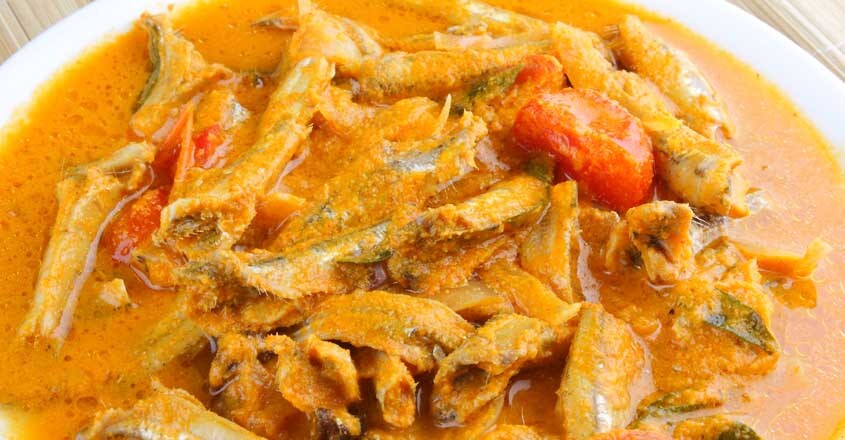Netholi is no small fry, it's a trove of essential nutrients

The advantage of the fish is its sufficient availability, nutrient quality, and the cheap price.
The advantage of the fish is its sufficient availability, nutrient quality, and the cheap price.
The advantage of the fish is its sufficient availability, nutrient quality, and the cheap price.
Anchovy, known to Malayalis as 'netholi,' is in fact a universal favourite. This little fish is used in pizzas, pastas, and also in salads in the west while we love it fried or curried with mango. However, the most important thing is to get this fish and eat enough during the season.
Netholi is used for making medicines as well. Demand is high for white netholi which is relatively bigger in size and medicinal property is high in this variant. The black variant of the same is the cheapest and is readily available on the coasts of Kerala and is exported in tonnes on a daily basis.

A storehouse of nutrients
The small size of the fish is no indication of its worth. Scientists say that this tiny fish is a storehouse of various vitamins and minerals. The poly-unsaturated fatty acid in it is good for heart and hence the fish is highly recommended for people with heart ailments. The flesh is easily digestible and is abundant in vitamin A and D. The bone of netholi is rich in calcium and hence it is good for our bones.
The advantage of the fish is its sufficient availability, nutrient quality, and the cheap price.
Netholi recipes
The netholi peera, favourite to the south of Kerala is netholi cooked in a coarsely blended mixture of grated coconut, garlic, cumin seeds, green chilli, and turmeric, seasoned with tamarind water.
Netholi cooked in coconut milk with raw mango along with little chilli powder, coriander powder and fenugreek powder is also mouth watering!
Netholi fry is a common favourite for all Malayalis. It is prepared by marinating cleaned netholi in chilli powder, turmeric powder, pepper powder, and a little salt, dipped in gram flour and deep fried in coconut oil with curry leaves.
The uses of Anchovy which is also known as 'chooda' and 'kozhuva' are beyond words.
Netholi which is available in lakes and sea, prepared with mango, drumsticks and jack fruit seeds are extremely delicious.
Bones of anchovy is so delicate that even the kids can chew it finely and it is also easy to clean it.
Anchovy has many varieties. The price and demand varies with each variety. A bulk amount of this fish is purchased by Tamil Nadu after every season. It is then dried there and exported to Sri Lanka and to Gulf countries. It is also being used in cod liver oil, organic fertilisers, animal feeds, etc.

